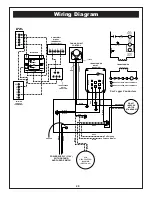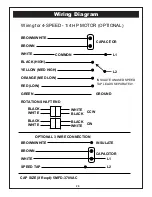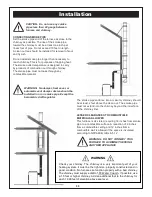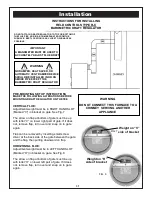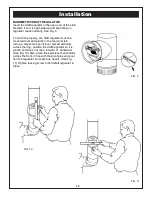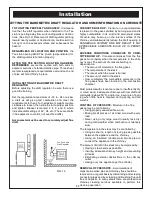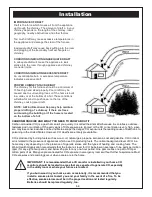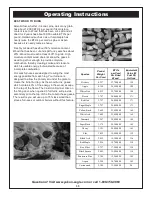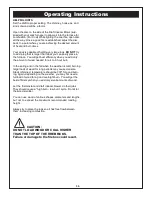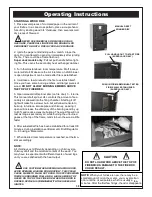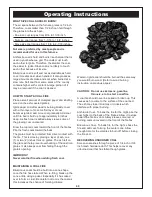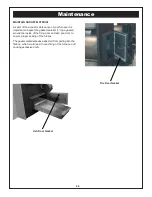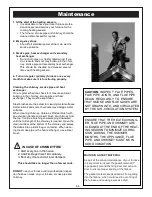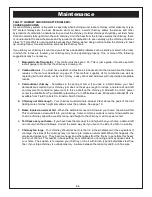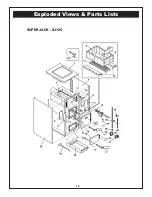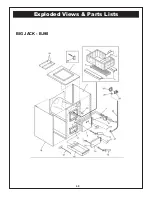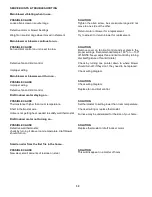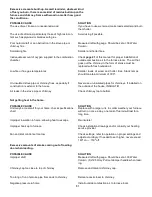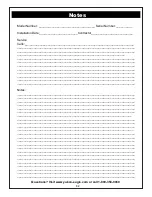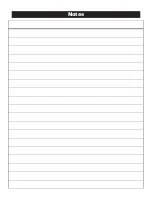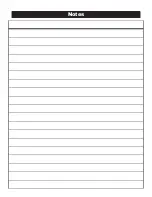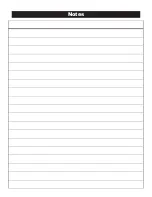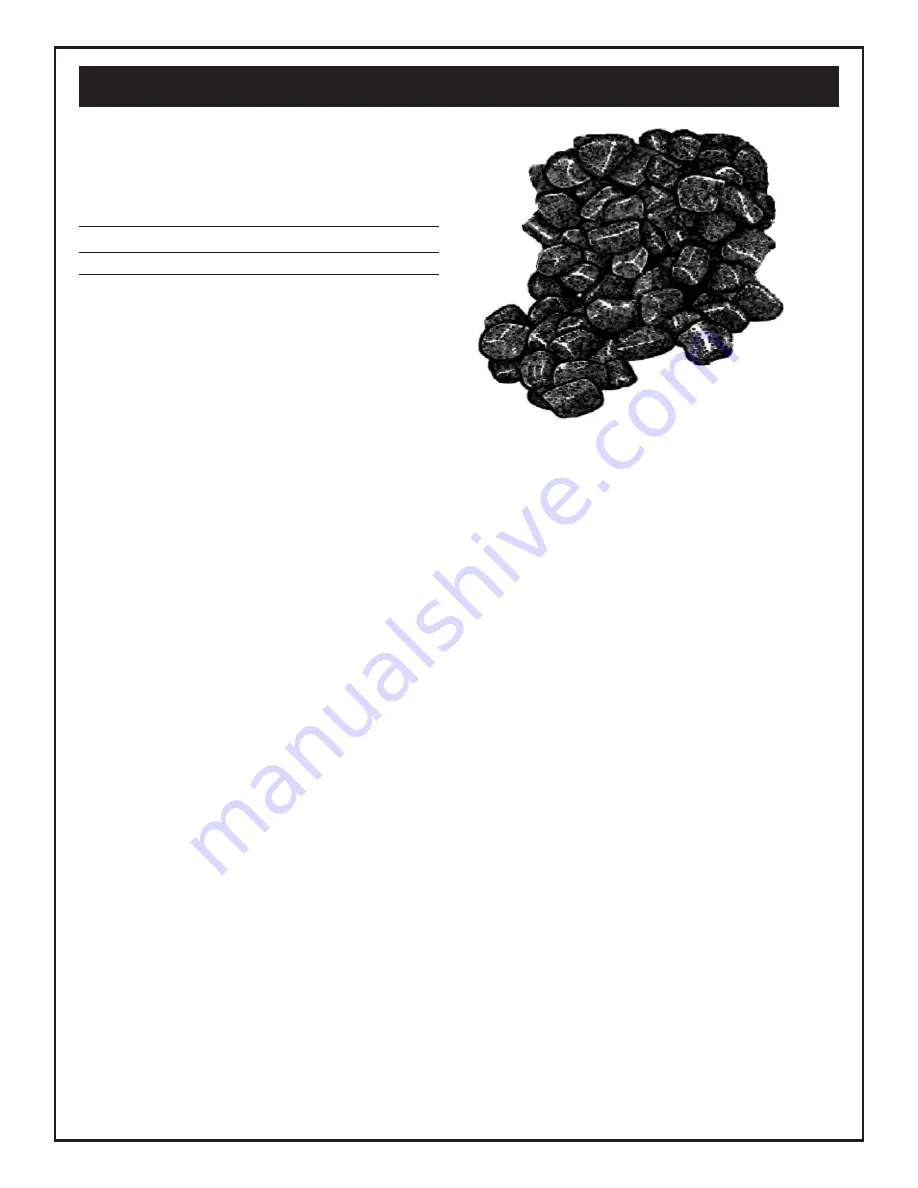
WHAT SIZE COAL SHOULD I BURN?
The air space between the furnace grates is 1/2 inch.
Therefore, coal smaller than 1/2 inch can fall through
the grates into the ash pan.
• Pea size coal ranges from 9/16 to 11/16 inch.
• Nut size coal ranges from 1-3/16 to 1-5/8 inches.
• Stove size coal ranges from 1-5/8 to 2-7/16 inches.
Nut size is preferred by most people and is
recommended for use in this furnace.
Anthracite coal is hard and burns like charcoal that is
used in your barbecue grill. The coals must touch
each other to ignite. Therefore, the smaller the coal,
the easier to ignite. Stove coal is not likely to touch
each other because of its size.
Bituminous coal is soft and not as desirable as hard
coal. It creates dust when handled. It also produces
large amounts of smoke and soot when burned at a
slow rate. Soft coal from some areas of the country
contains higher sulfur content. A large portion of it
may be removed if the coal is cleaned.
HOW TO START A COAL FIRE
Place a small amount of crumpled paper and kindling
wood on the ash-covered grates.
Ignite paper and after wood is burning briskly, cover
with a thin layer of coal. As first layer of coal
becomes ignited, add more coal gradually. Add coal
until fire bed is built up to approximately 6 inches
deep. As fresh coal is added always leave some of
the glowing coal uncovered.
Draw the top red coals toward the front of the firebox.
Pile the fresh coals toward the back.
The grates must be protected from direct contact with
the fire. This is done by placing a layer of ash, one
(1) or two (2) inches thick on grates. The ash left on
the grate will help prevent overheating of the cast iron
grates. It also keeps coal from falling through the
grate's opening.
IMPORTANT:
Never smother fire when adding fresh coal.
MAINTAINING A COAL FIRE
Bituminous coal should be built into a cone shape
once the fire has started. When re-firing, break up the
cone a little using a poker. Especially if it has caked
over to form a crust. Be careful not to mix the coal as
this increases the chance of forming clinkers.
Western lignite coal should be burned the same way
you would burn wood. (Refer to wood burning
instruction on previous pages.)
CAUTION: Do not use kerosene, gasoline,
thinners, etc. to start a coal fire.
A coal fire should never be poked or broken up. This
causes ash to come to the surface of the coal bed.
The ash may fuse into lumps or clinkers which
interfere with proper burning.
Anthracite Coal - To bank the fire for the night, pile the
coal higher to the back of the firebox. Allow it to slope
toward the fire box door. Always leave some red or
burning coals uncovered in the front of the firebox.
Bituminous Coal - To bank fire for the night, shake the
fire and add coal, forming the center cone. Allow
enough time for the volatiles to burn off before closing
the fire door.
RECOVERING UNBURNED COAL
Screen coal ashes through a piece of 1/4 inch or 3/8
inch mesh hardware cloth. This helps recover any
unburned coal that has fallen though grates.
Operating Instructions
40
Summary of Contents for BIG BJ90
Page 11: ...3 1 2 4 5 6 7 8 9 Furnace Features SJ125...
Page 13: ...1 2 3 4 5 6 7 Furnace Features BJ90 13...
Page 46: ...SUPER JACK SJ125 Exploded Views Parts Lists 46...
Page 48: ...BIG JACK BJ90 Exploded Views Parts Lists 48...
Page 53: ...Notes...
Page 54: ...Notes Notes...
Page 55: ...Notes...



